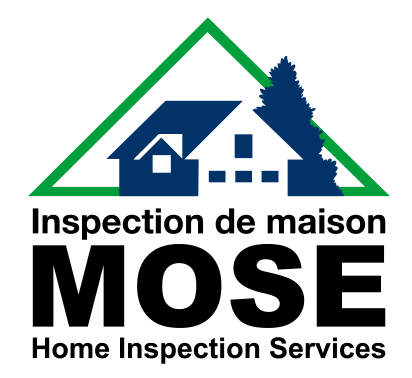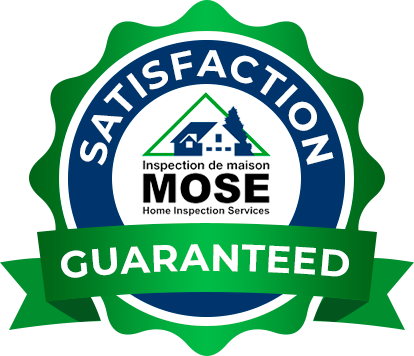Your House Stinks! Get an Indoor Air Quality Check
Every house has a signature smell, a certain “Eau de Family Home”. Some are stronger than others; is a strong smell an indication of poor indoor air quality?
There’s the smelly socks in the living room, the hair spray and aftershave in the bathroom, cooking smells from the kitchen, the moth balls in the closet, the wet dog in the hallway and that musky smell of sheets and clothes waiting to be laundered in the bedroom. These are the (usually) harmless odours of everyday life that makes a home smell like home sweet home.
But when people visit a strange house their senses are alert to anything unusual – sights, sounds and smells. As you return from summer vacation, you may find some unusual smells revealing themselves to you.
There will be a little stuffiness because the house has been locked down while you were away, but it may be a good time to question whether your indoor air quality is healthy. With homes becoming more and more air-tight for energy efficiency all year round, fresh air is virtually shut out, meaning harmful smells cannot evacuate. And while the general public is becoming increasingly more aware of the dangers of so-called “air freshener” sprays, and scented cleaning products that can be potentially hazardous to health, there are other smelly warnings that should set off alarm bells. If your headaches, irritated eyes, runny nose, or difficulty sleeping returns quickly after a time away on vacation, you might be experiencing the early warning signs telling you that you should take a sniff around your house.
Things to check for are:
- unusual odours;
- stale or stuffy air;
- noticeable lack of air movement;
- dirty or faulty central heating or air conditioning equipment;
- damaged flue pipes or chimneys;
- excessive humidity;
- presence of moulds and mildew.
Any or all of these may not be signs of poor air quality, but if you are concerned, it’s worth a check for the sake of your health. Symptoms of poor Indoor Air Quality (IAQ) are common to many different ailments, but a physician, allergist, or dermatologist can help determine physical conditions that may account for the symptoms experienced. The symptoms are often most severe during the winter months. Often the side effects of poor IAQ affect only family members who spend the greatest amount of time at home, such as stay-at-home mothers and their young children.
IAQ can be checked by a professional. Mose Home Inspection Services offers expertise inspections for the following:
Carbon Dioxide (CO2)
CO2 levels are a key indoor air quality indicator. Every person exhales CO2. It rarely directly affects health, but is an excellent indicator of adequate (or inadequate) ventilation. Low CO2 concentration means human generated pollutants are well diluted and gives a good indication that that thousands of potential building generated pollutants are being dispersed. Typical background levels of outdoor CO2 levels are usually around 350 ppm (parts per million).
Carbon Monoxide (CO)
Unusual levels of Carbon monoxide (CO) means there’s a combustion problem – something in the house is not working properly. Carbon monoxide (CO) is a poisonous, colorless, odourless, and tasteless gas. While it does not a detectable smell, CO is a common industrial hazard resulting from the incomplete burning of natural gas and any other material containing carbon such as gasoline, kerosene, oil, propane, coal, or wood. When found in low concentrations, it can cause fatigue in healthy people and chest pain in people with heart disease. At high concentrations, it can cause impaired vision and coordination, headaches, dizziness, confusion and nausea. Some people experience flu-like symptoms that clear when they’re not at home. CO can be fatal at very high concentrations.
Temperature, Humidity, Dew Point and Wet Bulb Temperature
When at abnormal levels, these are a good indicator of mould, which can cause health problems. As these parameters can vary with geographical area, season and other factors, and are not generally used as an indicator of IAQ on their own.
VOC’s
Volatile organic chemicals (VOC’s) often don’t smell at all, but can be harmful to your health. These are emitted from household products such as old paint cans, mothballs, fuel oil, sprays, solvents and building materials. We test for 400 different VOC’s.
Mold
Molds can grow behind walls, in carpets, rafters and other damp places undetected. When mold is in an active growth phase, it releases gases into the air called Mold Volatile Organic Compounds (MVOCs). Not all of these gases can be detected by smell, but they could affect your health. You are more likely to be aware of a problem if a member of your family suffers from a mold allergy.
The bottom line?
If you are experiencing health problems and think your “Eau de Family Home” may be a little off, it’s probably a good idea to have your IAQ checked.
Consult the Mose Home Inspection Services Indoor Air Quality Testing page to find out what chemicals we test for, or call now to talk to a member of our team: (514) 426-1095
For your amusement! Fresh Air Quotes:
Fish and visitors smell in three days.
-Benjamin Franklin
An idealist is one who, on noticing that roses smell better than a cabbage, concludes that it will also make better soup.
-H. L. Mencken
The key to inner peace and tranquility is mindfulness in breathing. Breath In, Breath Out.
-The Buddha

